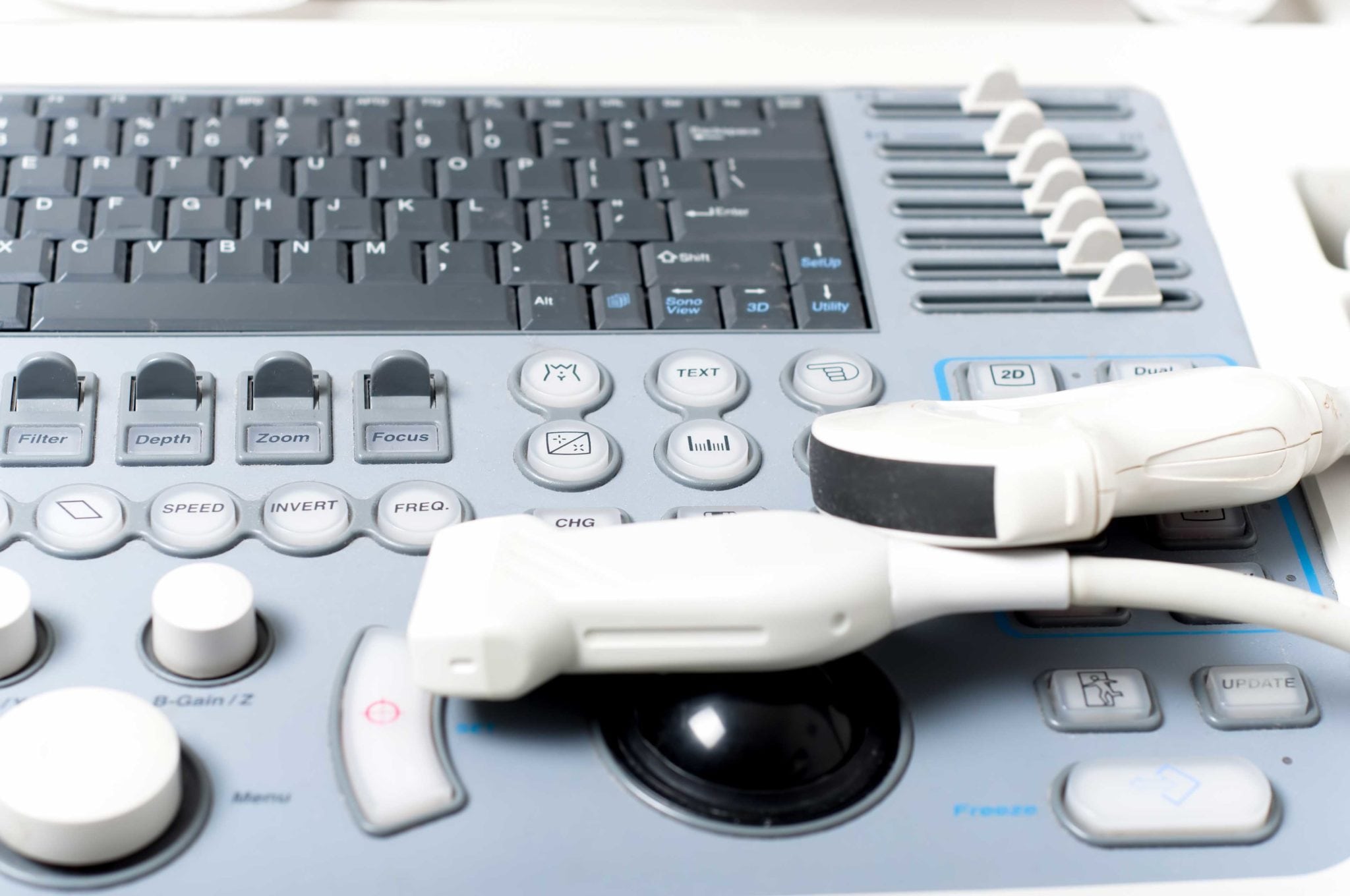You’ve probably heard that heart disease, cancer and stroke are among the leading causes of death in the United States. These conditions are often accompanied by several warning signs that can prompt someone to get help.
But with abdominal aortic aneurysms, the 13th-leading cause of death in the U.S., you may not know you have one until it’s too late.
An abdominal aortic aneurysm, or AAA, is a bulge in part of the aorta, the large artery that carries oxygen-rich blood from the heart to the rest of the body. If the bulge gets large enough, it can rupture. If it does, your life is in danger.
Causes of aneurysms include age, smoking, genetic conditions, infections and injury. They occur in 5 percent to 7 percent percent of people over 60 and more than 10,000 people die needlessly from an undiagnosed AAA every year.
“Aneurysms expand slowly over many years and are considered silent killers,” said Dr. Akhilesh Jain, vascular and endovascular surgeon at the Hartford HealthCare Medical Group and Hartford Hospital. “There are typically no symptoms until rupture occurs, and up to 90 percent of patients who experience a rupture will not survive.”
That’s why early detection is critical. Aneurysms can be spotted with a fast and painless ultrasound that allows a doctor to look inside the abdomen and check if an AAA is present in just a few minutes.
AAAneurysm Outreach, the nation’s only 501(c)(3) non-profit organization dedicated to raising awareness of abdominal aortic aneurysm, is hosting a free AAA screening at Hartford Hospital on Oct. 1. If you are over 60 with at least two risk factors of AAA or a man over 55 with a family history of heart disease and at least one risk factor, call 888.871.3801 for an appointment.
If an aneurysm is located, it can be repaired. Hartford Hospital was recently ranked as a high-performing organization for abdominal aortic aneurysm repair by U.S. News & World Report.

